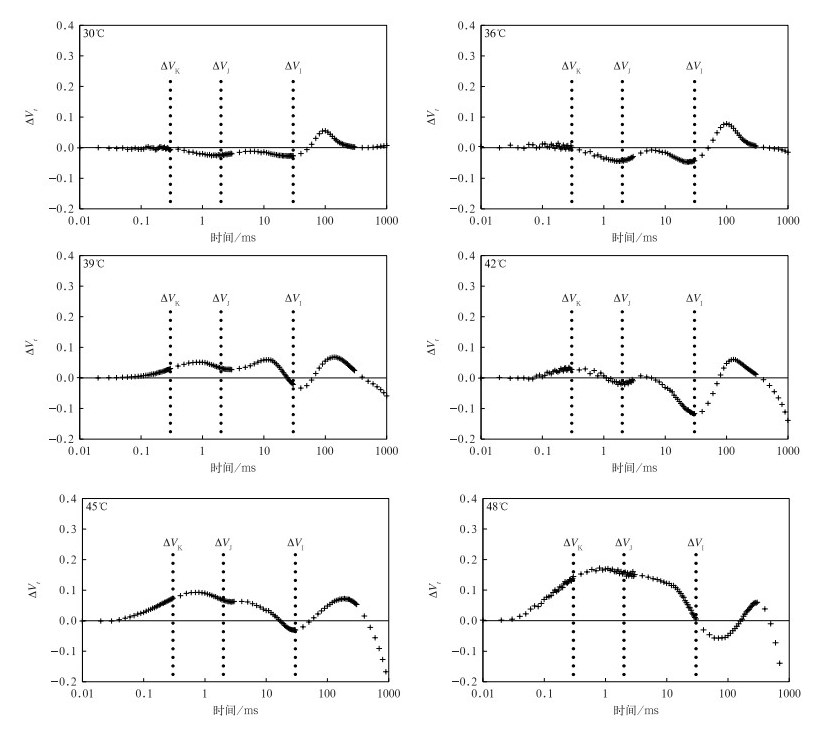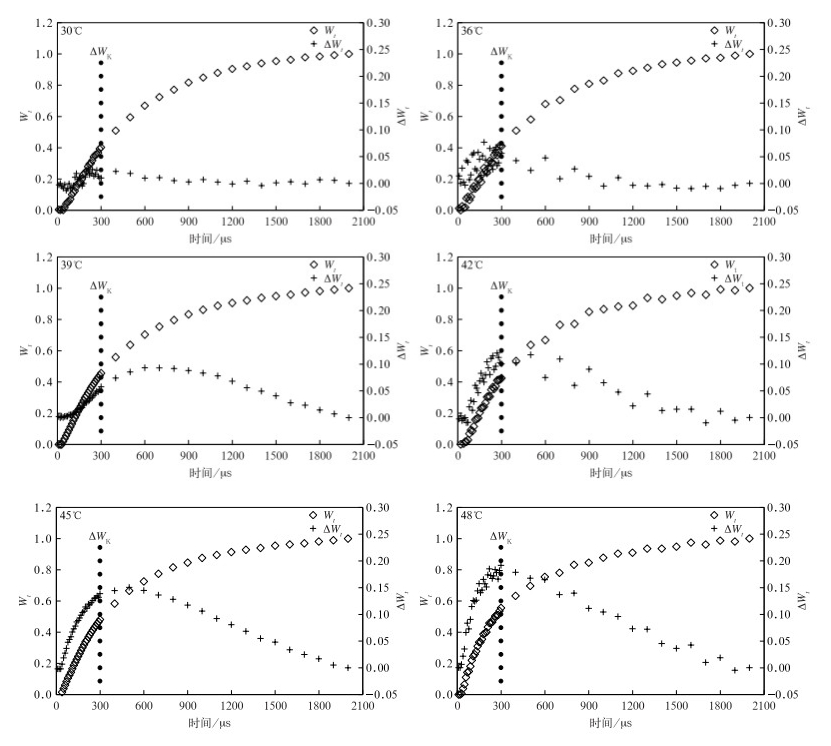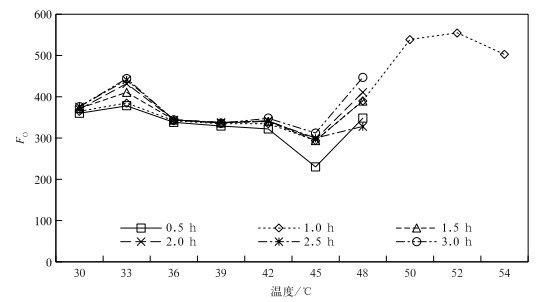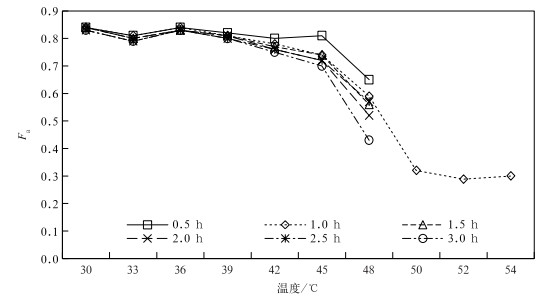|
[1]
|
Huang H W. History of 100 years of domestication and improvement of kiwifruit and gene discovery from genetic introgressed populations in the wild. Chinese Bulletin of Botany, 2009, 44(2): 127-142. doi: 10.3969/j.issn.1674-3466.2009.02.001 |
|
[2]
|
Wang Z, Luo H, Li Y L, et al. Effects of urbanization on temperatures over the Qinling Mountains in the past 50 years. Journal of Applied Meteorological Science, 2016, 27(1): 85-94. doi: 10.11898/1001-7313.20160109 |
|
[3]
|
Chen Y, Ren G Y, Wang L, et al. Temporal change of warm winter events over the last 56 years in China. Journal of Applied Meteorological Science, 2009, 20(5): 539-545. doi: 10.3969/j.issn.1001-7313.2009.05.004 |
|
[4]
|
|
|
[5]
|
Li X M, Bai Q F, Zhu L. The Influence of climate change on suitability of Shaanxi apple growth. Journal of Applied Meteorological Science, 2011, 22(2): 241-248. doi: 10.3969/j.issn.1001-7313.2011.02.013 |
|
[6]
|
|
|
[7]
|
|
|
[8]
|
|
|
[9]
|
|
|
[10]
|
Jiang C D, Gao H Y, Zou Q. Leaf orientation, photorespiration and xanthophyll cycle protect young soybean leaves against high irradince in field. Environmental and Experimental Botany, 2006, 55: 87-96. doi: 10.1016/j.envexpbot.2004.10.003 |
|
[11]
|
van Heerden P D R, Swanepoel J W, Krüger G H J. Modulation of photosynthesis by drought in two desert scrub species exhibiting C 3-mode CO 2 assimilation. Environmental and Experimental Botany, 2007, 61(2): 124-136. doi: 10.1016/j.envexpbot.2007.05.005 |
|
[12]
|
Georgieva K, Tsonev T, Velikova V, et al. Photosynthetic activity during high temperature of pea plants. Journal of Plant Physiology, 2000, 157(2): 169-176. doi: 10.1016/S0176-1617(00)80187-X |
|
[13]
|
|
|
[14]
|
|
|
[15]
|
|
|
[16]
|
Chen J J, Li L C, Lin J, et al. Integrated risk evaluation on meteorological disasters of loquat in Fujian Province. Journal of Applied Meteorological Science, 2014, 25(2): 232-241. doi: 10.3969/j.issn.1001-7313.2014.02.013 |
|
[17]
|
Yang K, Chen B B, Chen H, et al. Comprehensive climatic index and grade classification of cold damage for Taiwan green jujube in Fujian. Journal of Applied Meteorological Science, 2020, 31(4): 427-434. doi: 10.11898/1001-7313.20200405 |
|
[18]
|
|
|
[19]
|
|
|
[20]
|
|
|
[21]
|
Oukarroum A, Schansker G, Strasser R J. Drought stress effects on photosystem I content and photosystemⅡ thermotolerance analyzed using Chl a fluorescence kinetics in barley varieties differing in their drought tolerance. Physiologia Plantarum, 2009, 137(2): 188-199.
|
|
[22]
|
Guo J P. Research progress on agricultural meteorological disaster monitoring and forecasting. Journal of Applied Meteorological Science, 2016, 27(5): 620-630. doi: 10.11898/1001-7313.20160510 |
|
[23]
|
Qu Z J, Zhou G S, Wei Q P. Meteorological disaster index and risk assessment of frost injury during apple florescence. Journal of Applied Meteorological Science, 2016, 27(4): 385-395. doi: 10.11898/1001-7313.20160401 |
|
[24]
|
Lu K D, Huang W H, Fang L, et al. The climatic zoning of spring maize in Hunan based on meteorological disaster indexes. Journal of Applied Meteorological Science, 2007, 18(4): 548-553. http://qikan.camscma.cn/article/id/20070485 |
|
[25]
|
Zhong C H. Advances in Actinidia Research(Ⅸ). Beijing: Science & Technology Press, 2019.
|
|
[26]
|
|
|
[27]
|
|
|
[28]
|
Chen B, Zhang J, Ma X H, et al. Influences of exogenous selenium on the chlorophyll fluorescence characteristics and chemical composition in flue-cured tobacco under drought stress. Journal of Agricultural Science and Technology, 2018, 20(10): 95-104. https://www.cnki.com.cn/Article/CJFDTOTAL-NKDB201810012.htm |
|
[29]
|
Li P, Cheng L, Gao H, et al. Heterogeneous behavior of PSⅡin soybean(Glycine max) leaves with identical PSⅡ photochemistry efficiency under different high temperature treatments. Journal of Plant Physiology, 2009, 166(15): 1607-1615. http://www.ncbi.nlm.nih.gov/pubmed/19473728 |
|
[30]
|
Jin L Q, Che X K, Zhang Z S, et al. The relationship between the changes in Wk and different damage degree of PSⅡ donor side and acceptor side under high temperature with high light in cucumber. Plant Physiology Journal, 2015, 51(6): 969-976. https://www.cnki.com.cn/Article/CJFDTOTAL-ZWSL201506024.htm |
|
[31]
|
|
|
[32]
|
|
|
[33]
|
|
|
[34]
|
Seemann J R, Downton W J, Berry J A. Temperature and leaf osmotic potential as factors in the acclimation of photosynthesis to high temperature in desert plants. Plant Physiology, 1986, 80: 926-930. http://europepmc.org/abstract/MED/16664743 |
|
[35]
|
|
|
[36]
|
|
|
[37]
|
Yamane Y, Kashino Y, Koike H, et al. Increases in the fluorescence level and Fo level and reversible inhibition of photosystem Ⅱreaction center by high-temperature treatment in higher plants. Photosynthesis Research, 1997, 52: 57-64. http://www.springerlink.com/content/u135n77w43623766/ |
|
[38]
|
Srivastava A, Strasser R.J. Stress and stress management of land plants during a regular day. Journal of Plant Physiology, 1996, 148: 445-455.
|
|
[39]
|
Yamane Y, Kashino Y, Koike H. Effects of high temperatures on the photosynthetic systems in spinach: Oxygen evolving activities, fluorescence characteristics and the denaturation process. Photosynthesis Res, 1998, 57: 51-59. doi: 10.1023/A:1006019102619 |
|
[40]
|
|





 DownLoad:
DownLoad:






